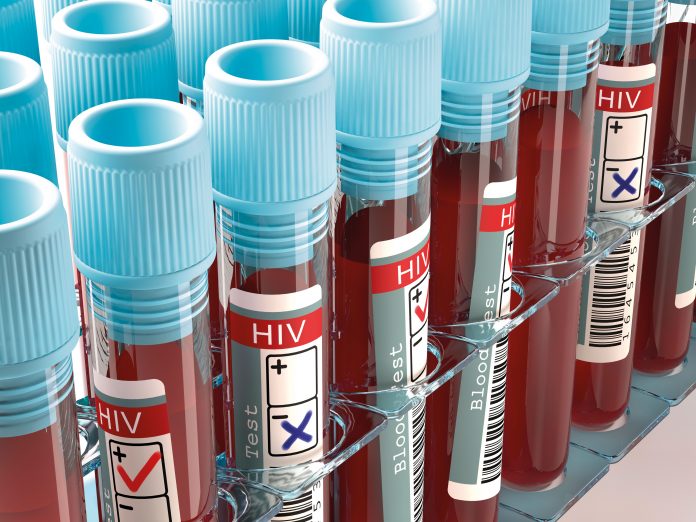
Researchers at Pennsylvania State University have developed a fast and efficient test to measure viral load in patients with HIV.
For patients with HIV, viral load testing is important to try and understand how they are responding to their medication and whether the infection is progressing.
Normally this testing is time consuming, involving RT-PCR and comparison to reference samples, and needs to be repeated a number of times. However, this new method is able to measure HIV load in a single drop of blood using a method called Self-digitization Through Automated Membrane-based Partitioning (STAMP) as well as a CRISPR-Cas13 assay.
“Here’s how it works: We take a small sample of a person’s blood and extract the viral RNA—the genetic material of the virus—from it,” said senior investigator Weihua Guan, associate professor of electrical engineering and biomedical engineering in the Penn State College of Engineering, in a press statement. “We then mix this RNA with a special protein called Cas13, which is part of the CRISPR system.”
CRISPR-Cas13 allows the researchers to find the RNA that makes up the HIV virus in the sample. The mixture of RNA from the blood and Cas13 is placed on a thin nanopore polycarbonate membrane, a readily available and inexpensive material. This membrane partitions the mixture into individual drops, each of which has a single RNA molecule with an attached Cas13 protein. If HIV is present the Cas13 protein cuts the RNA, triggering a signal that can be measured.
The STAMP technique is used to accurately quantify the amount of HIV RNA in the sample in as little as 30 min. “By counting the number of droplets showing this signal, we can determine the amount of HIV in the person’s blood,” Guan said. “The more droplets with the signal, the higher the viral load.”
As reported in the journal ACS Nano, the team first trained the system using synthetic viral RNA before testing plasma and then real patient samples. They found it was as accurate as RT-PCR at viral loads of 2000 copies per ml of blood or higher, but not at lower levels. As a reference, less than 10,000 copies of the virus per ml of blood is considered a ‘low’ viral load and a ‘high’ load is 100,000 copies per ml of blood or higher. Some patients are now able to achieve ‘undetectable’ levels of 20 copies per ml or less.
The researchers say that monitoring the 2000–10,000 copies range can be helpful for clinicians if they are concerned about viral rebound, drug resistance or similar issues in their patients.
“While further improvements are needed to enhance its detection limit and automate the setup, the STAMP-based digital CRISPR method shows great potential for advancing HIV viral load monitoring,” lead author Guan said.
The research team now plans to continue to work on improving the efficiency and accuracy of the platform as well as extending its use to other viruses. They hope to bring the device to market once testing is completed.











